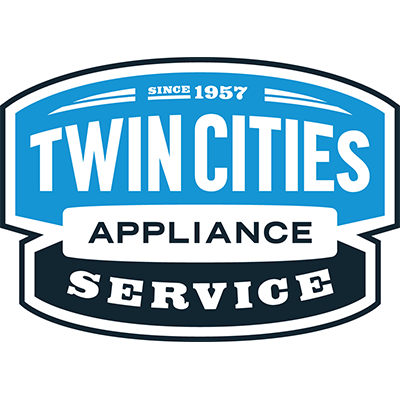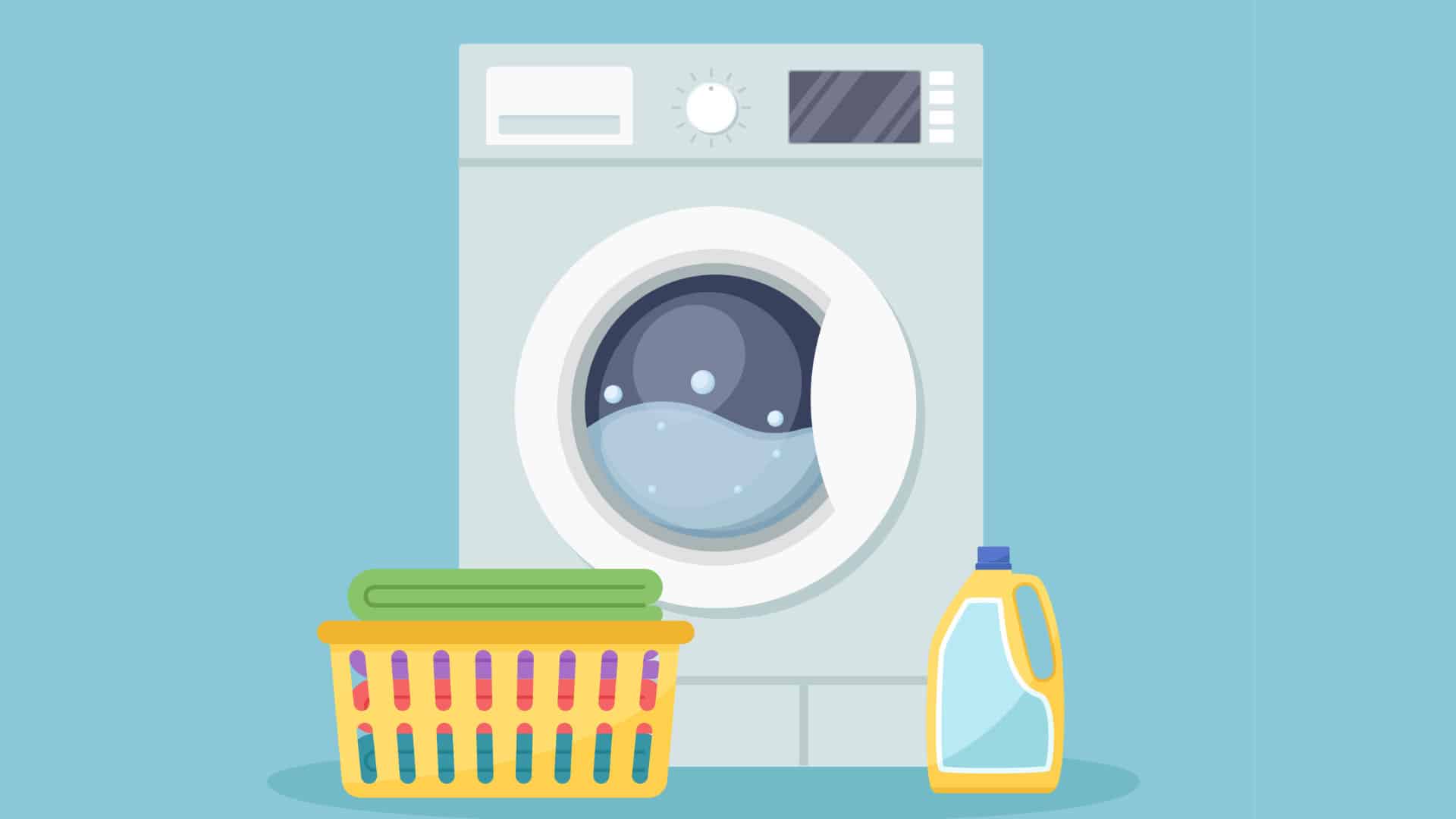
Is your washer stopping when it gets to the spin cycle? Maybe the spin cycle appears to run, but the clothes are still soaking wet when you open up your washer! There are a few reasons why a washer spin cycle might not work – let’s dive into the common causes and solutions!
Unbalanced Load
An unbalanced load is probably the number one cause of spin cycle issues! When a load is unbalanced, it can cause the washer to rock visibly during the spin cycle and make a lot more noise than usual. The washer might stop working during the middle of the spin cycle, or you might find your clothes are much wetter than you expected! This is more likely when washing large items, but it can happen with any load. Here are some tips for preventing unbalanced loads:
- Avoid overloading your machine – look at your washer’s manual to see its capacity, and make sure you don’t exceed it.
- Wash large items alone – a big item that gets heavy when wet, like a wool blanket or a large beach towel, is better washed by itself, as when washed with smaller items, it can lead to bunching.
- Manually redistribute if the spin cycle stops – if your washer displays an error message or stops mid-spin cycle, open it up and try redistributing the load manually to fix the imbalance.
- Consider handwashing bulky items – if you have a particularly big item to wash, consider handwashing it, especially if you’ve had issues with an unbalanced machine in the past.
Drainage Issues
If there’s an issue with your washer’s drainage, your spin cycle won’t be able to complete, as there’s nowhere for the water to go! Some signs of a drainage issue are water left after the spin cycle, an error message related to drain problems, and loud noises during the cycle.
To fix the issue:
- First, check the filter or coin trap. If not cleaned out regularly, it can become clogged with lint and debris and prevent proper drainage. Remove the filter from its housing and thoroughly clean it under running water before putting it back in place.
- Next, check the drain hose. Make sure it’s not kinked or bent and that it’s positioned correctly in the downpipe.
- If the drain hose appears fine, check the pipe for clogs. Ensure the water and power are turned off, then disconnect the hose from the back of the washer and remove the other end from the drainpipe. Use a long wire and running water to clear any clogs, then replace the drain pipe.
- Lastly, check that your washer is level. If uneven, water can pool on one side of the drum, meaning it can’t drain properly. Use a bubble level to ensure the washer is sitting level, and use blocks or shims underneath the washer so that it sits perfectly flat.
Faulty Lid Switch
Many washers won’t start a spin cycle if the lid is open due to the risk of splashing. If your lid switch is faulty, your washer may be sensing that the lid is open even if it’s closed. Some signs that your washer spin cycle issues are due to a lid switch are the spin cycle failing to start, physical damage to the lid switch, and the absence of a clicking sound when you close the lid. In some brands, an error message might also be displayed to indicate a faulty switch. To fix this:
- Visually inspect the switch for any bent or broken parts.
- Clean the contacts thoroughly – sometimes detergent residue can build up, preventing the switch from registering the contact.
- Test the switch for continuity using a multimeter. If it doesn’t have continuity, it will need replacing.
- Order a replacement switch that fits your washer online, then follow the manufacturer’s instructions to install it. Once installed, test your washer to ensure the spin cycle is working.
Worn Drive Belt
The drive belt loops around the drum of your washer and spins the drum during the spin cycle. If your drum is agitating normally during the wash cycle but not spinning properly during the spin cycle, the drive belt might be to blame. Over time, the drive belt can stretch or get worn and frayed, so it doesn’t have the tension to spin the drum correctly. When this happens, you might also notice a squealing noise when the washer is running the spin cycle, or you may hear the motor running but notice the drum isn’t spinning at all.
To fix:
- Turn off your washing machine and disconnect it from the power and water supply.
- Gain access to the drive belt by removing the drum. You’ll have to remove some panels of the washer to gain access – the method will differ depending on the make and model of your machine, so consult your owner’s manual.
- Once you have access to the belt, inspect it. It should be held firmly in place between the motor and the drum pulleys.
- Check if it looks frayed, cracked, or torn. If there are any signs of damage, it’ll need replacing.
- Order a replacement drive belt online, ensuring it is compatible with your machine.
- Replace the worn drive belt with the new one, ensuring it is correctly threaded through the pulleys.
- Run a test cycle to ensure it’s working correctly.
Worn Drum Bearings
Drum bearings help the drum turn smoothly during both wash and spin cycles. They might get worn with time and continuous use, which can mean both the wash and spin cycles don’t operate properly. Signs of worn drum bearings can be a loud noise during the spin cycle and visible rust around the interior of the drum.
To fix:
- Access the drum as listed in the step above.
- If the bearings appear worn or rusty, order replacement bearings and replace them.
- If they’re rusty, this is a strong indicator of a leak from the drum into the machine’s interior. Replace the seal to ensure the leak doesn’t happen again.
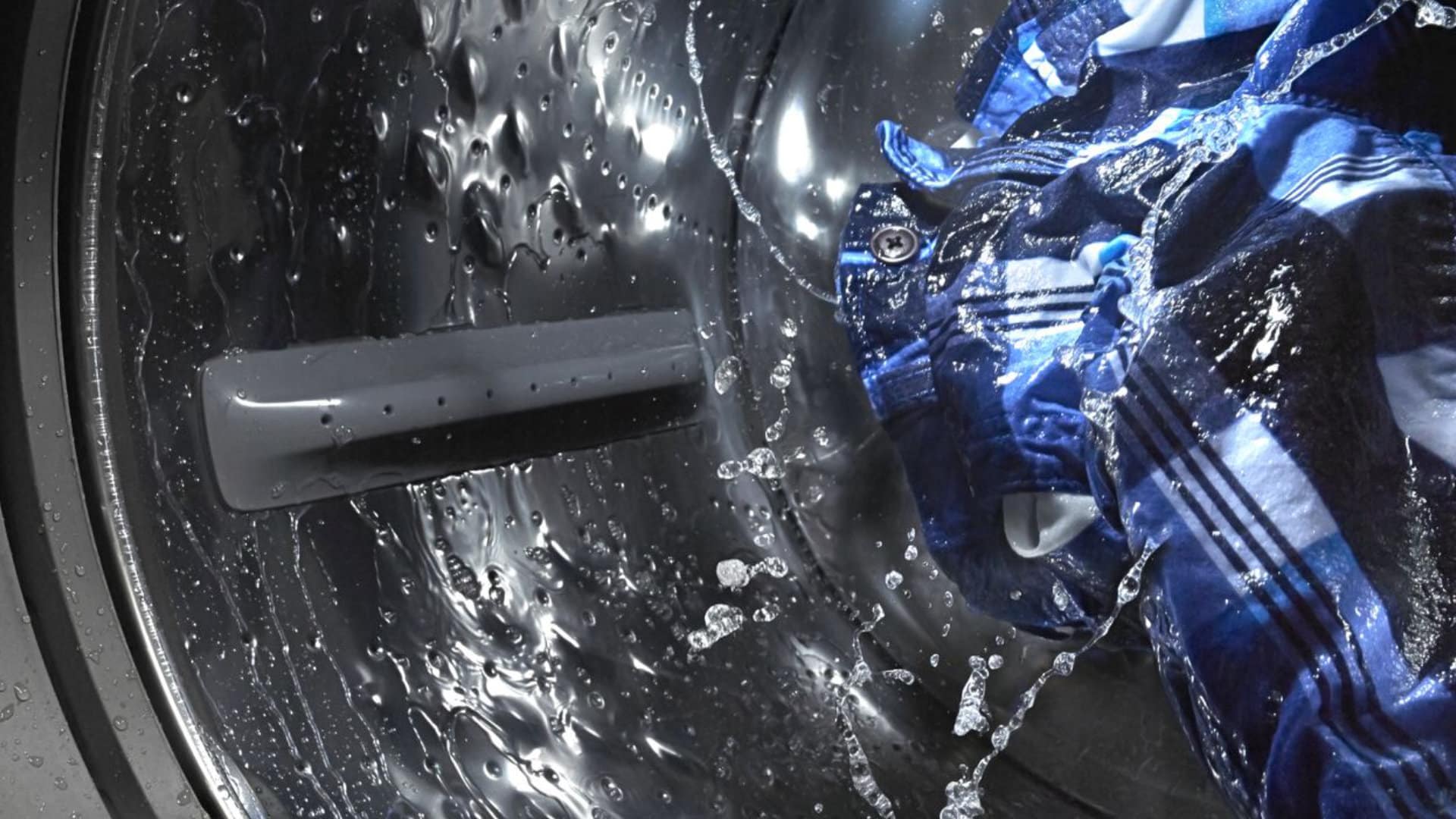
How to Fix the Whirlpool Washer F5 E3 Error Code
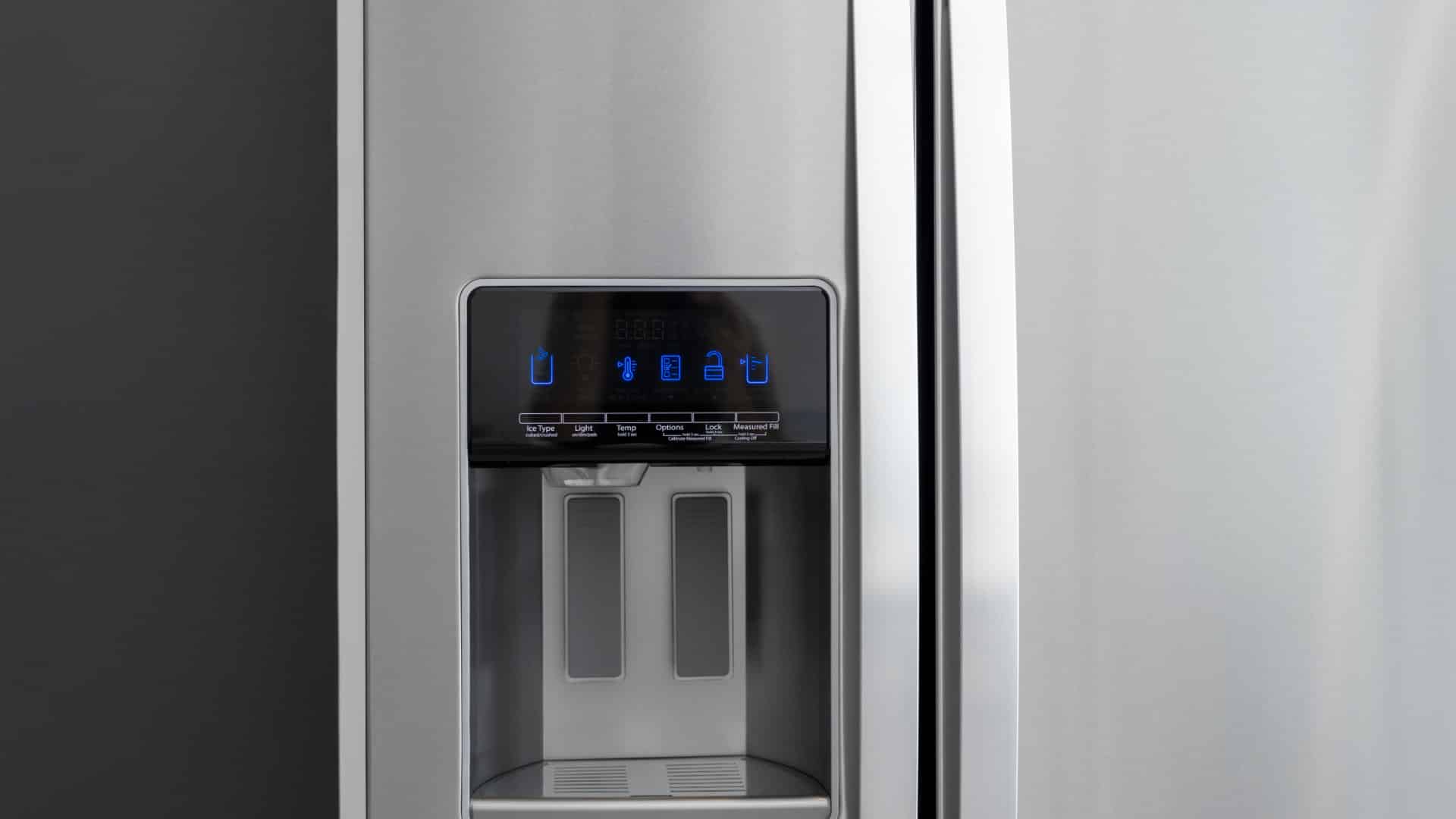
10 Steps to Clean Your Fridge Water Dispenser
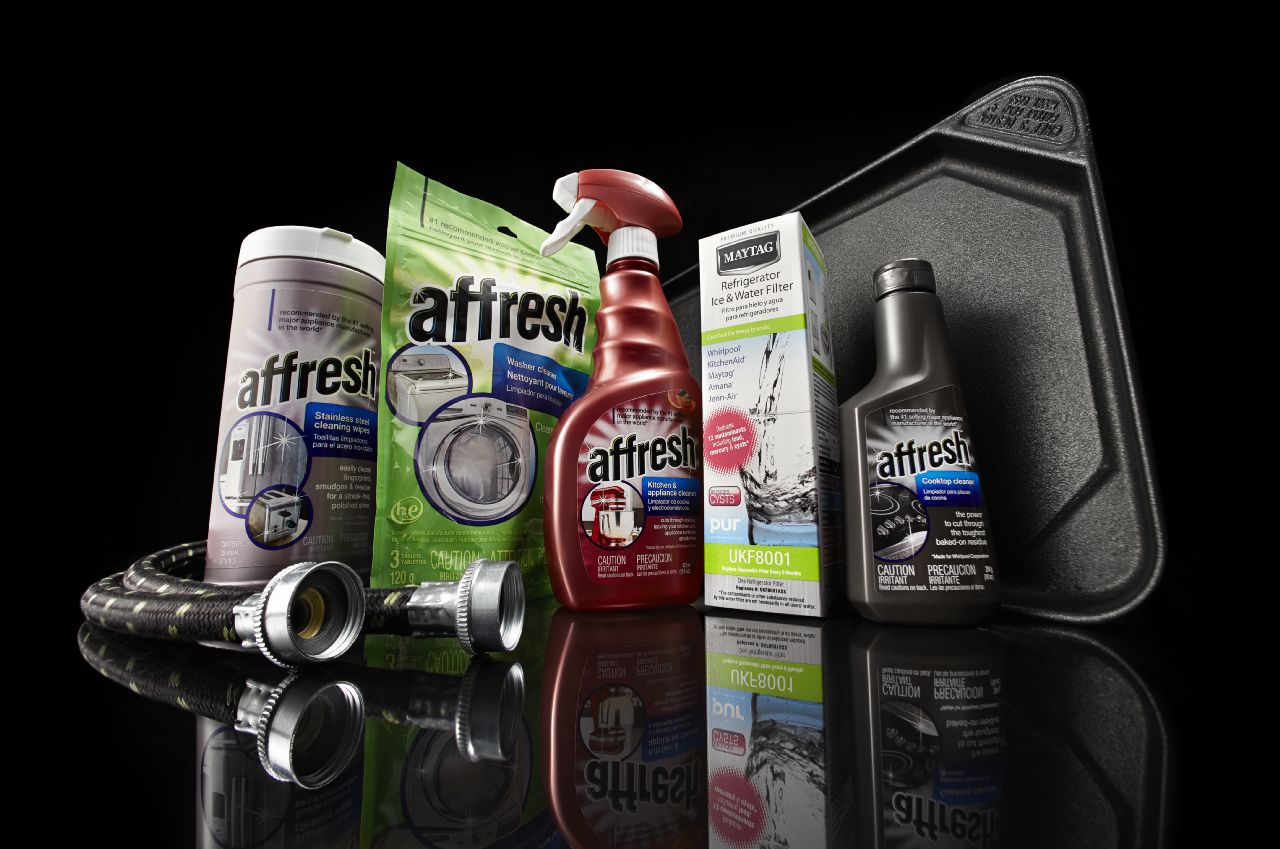
How to Replace a Whirlpool Refrigerator Water Filter
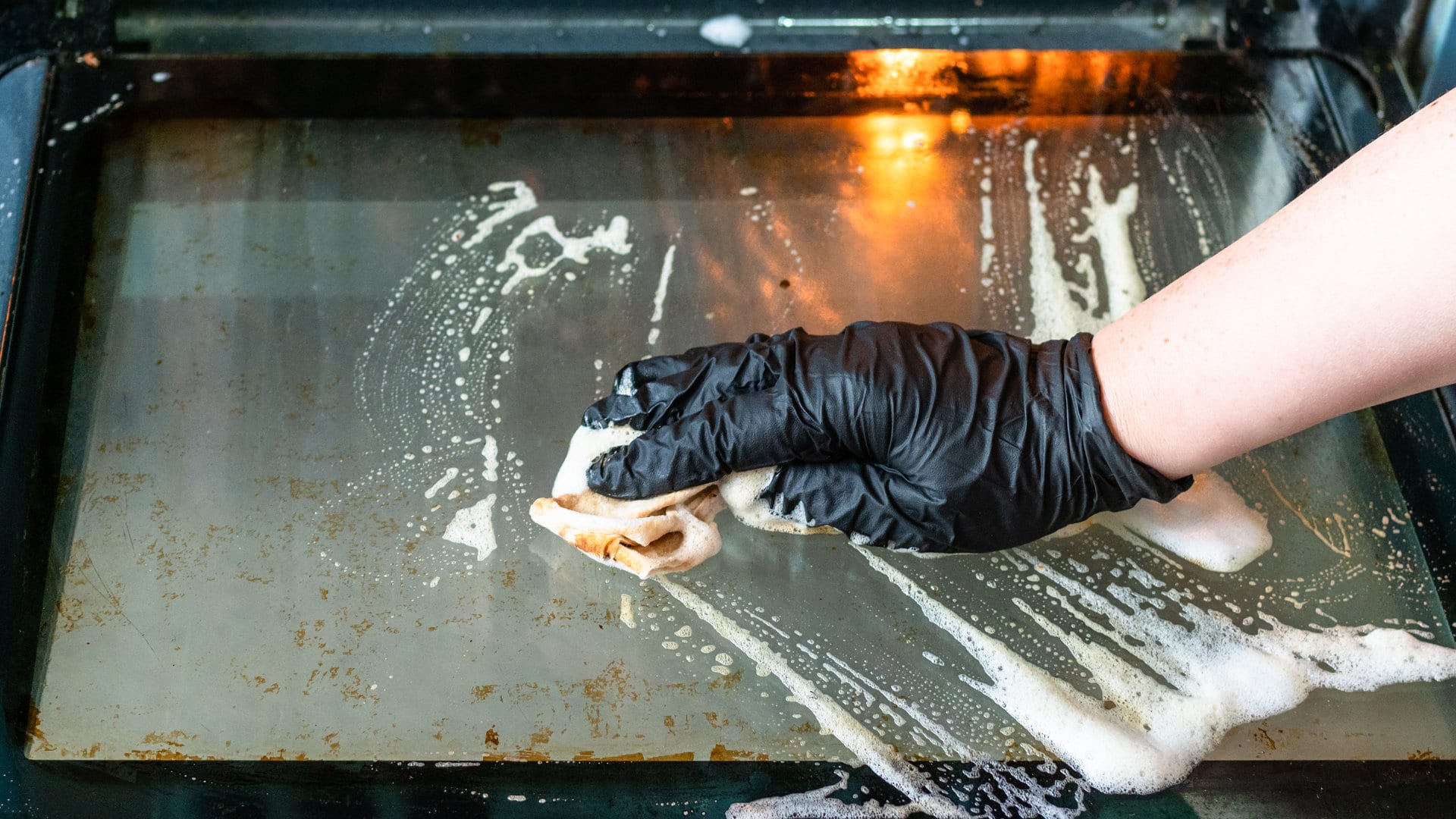
How to Clean an Oven Glass Door (3 Easy Methods)
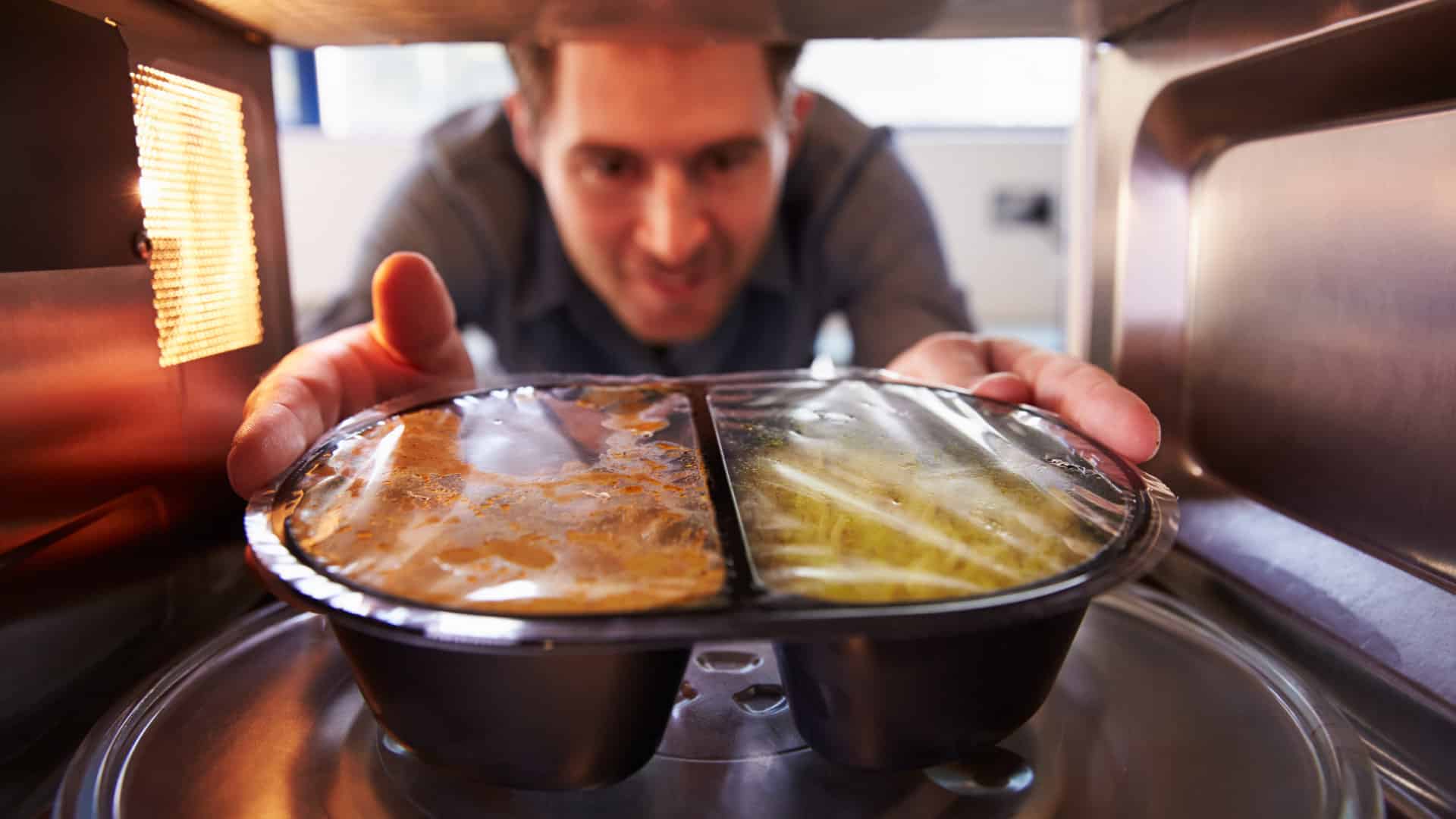
Why Your Microwave Plate Is Not Spinning

Washer Spin Cycle Not Working? Here’s Why
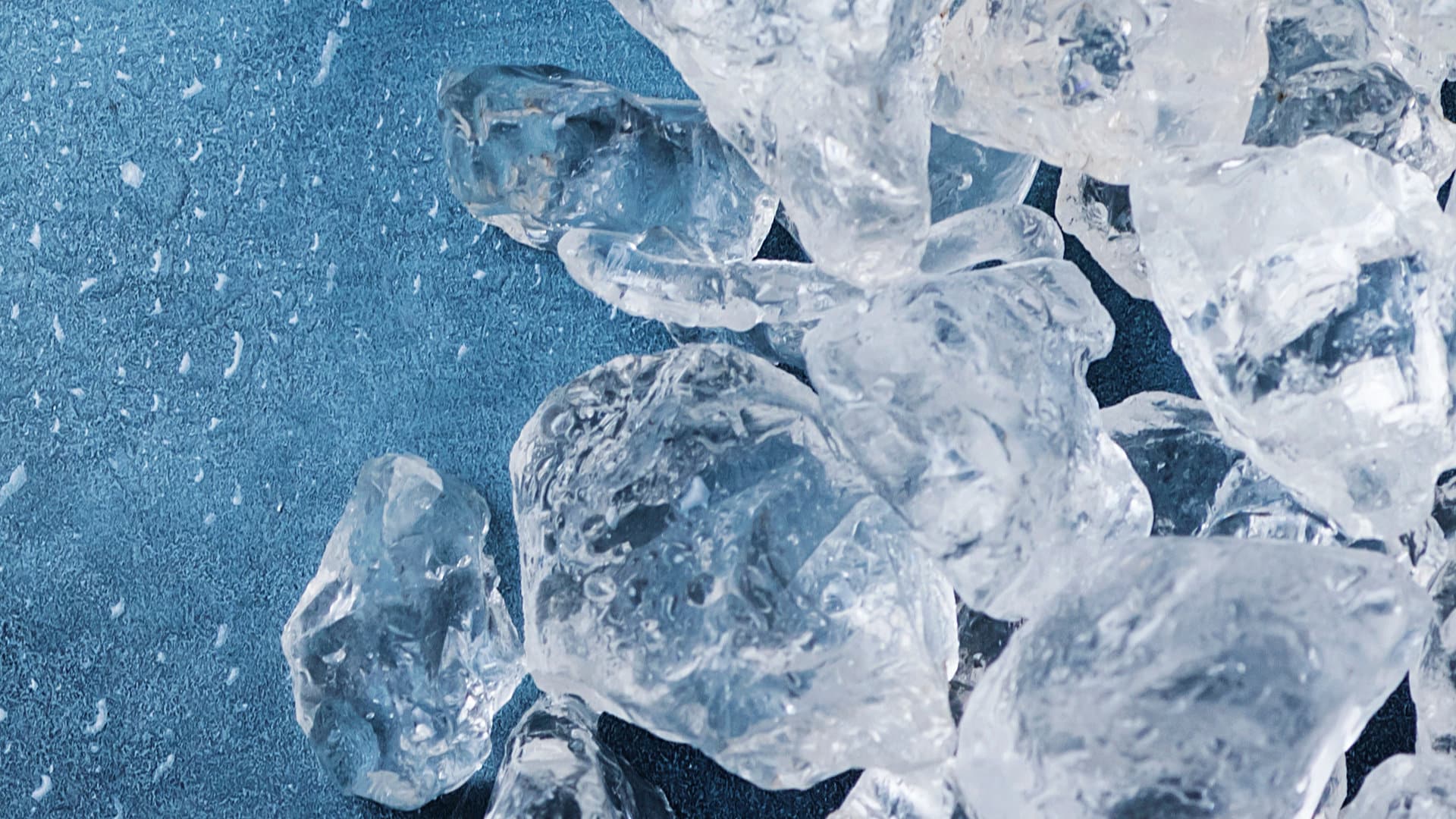
How to Fix a Slow Ice Maker
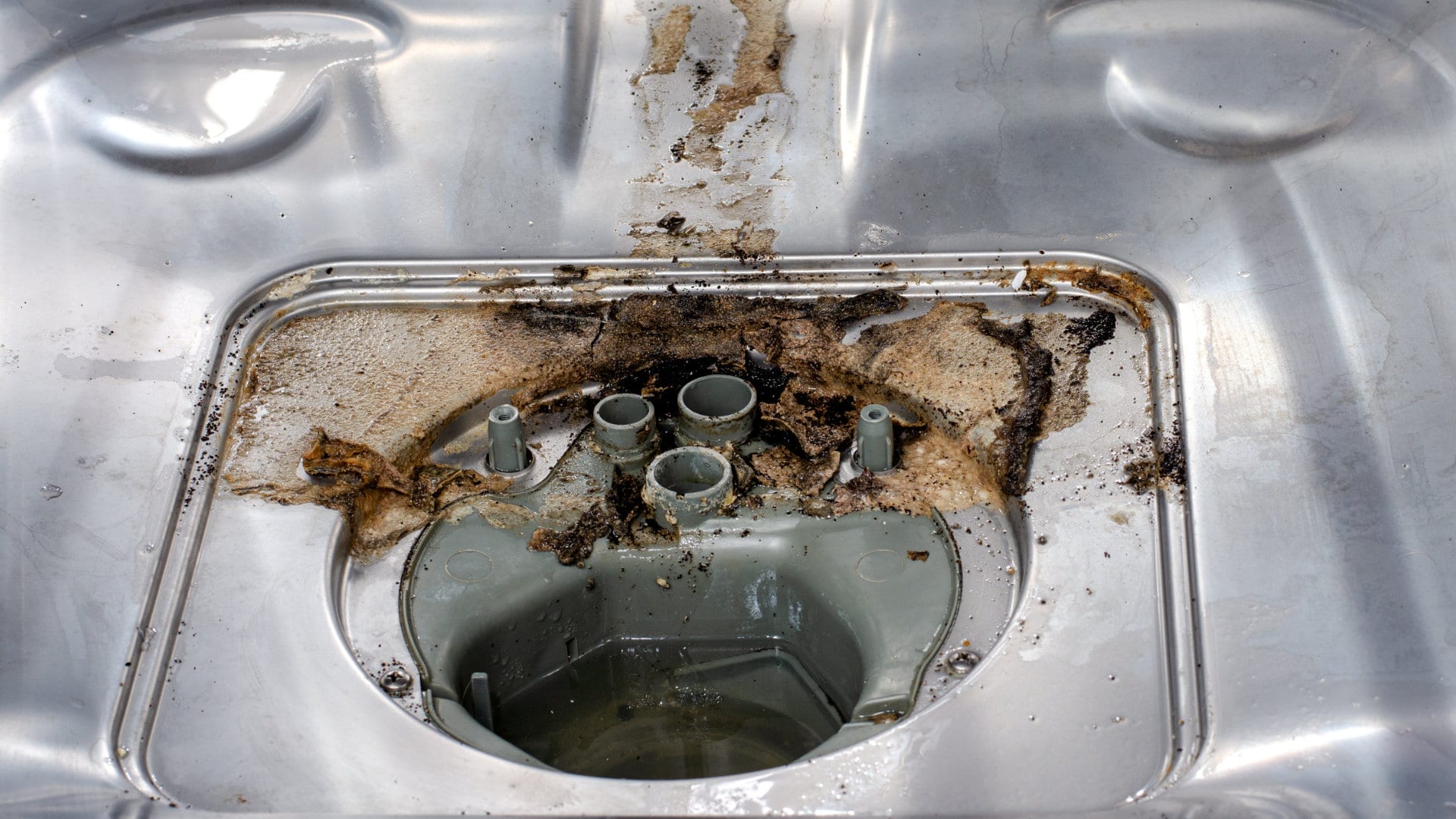
Why Does My Dishwasher Smell like Sewage?
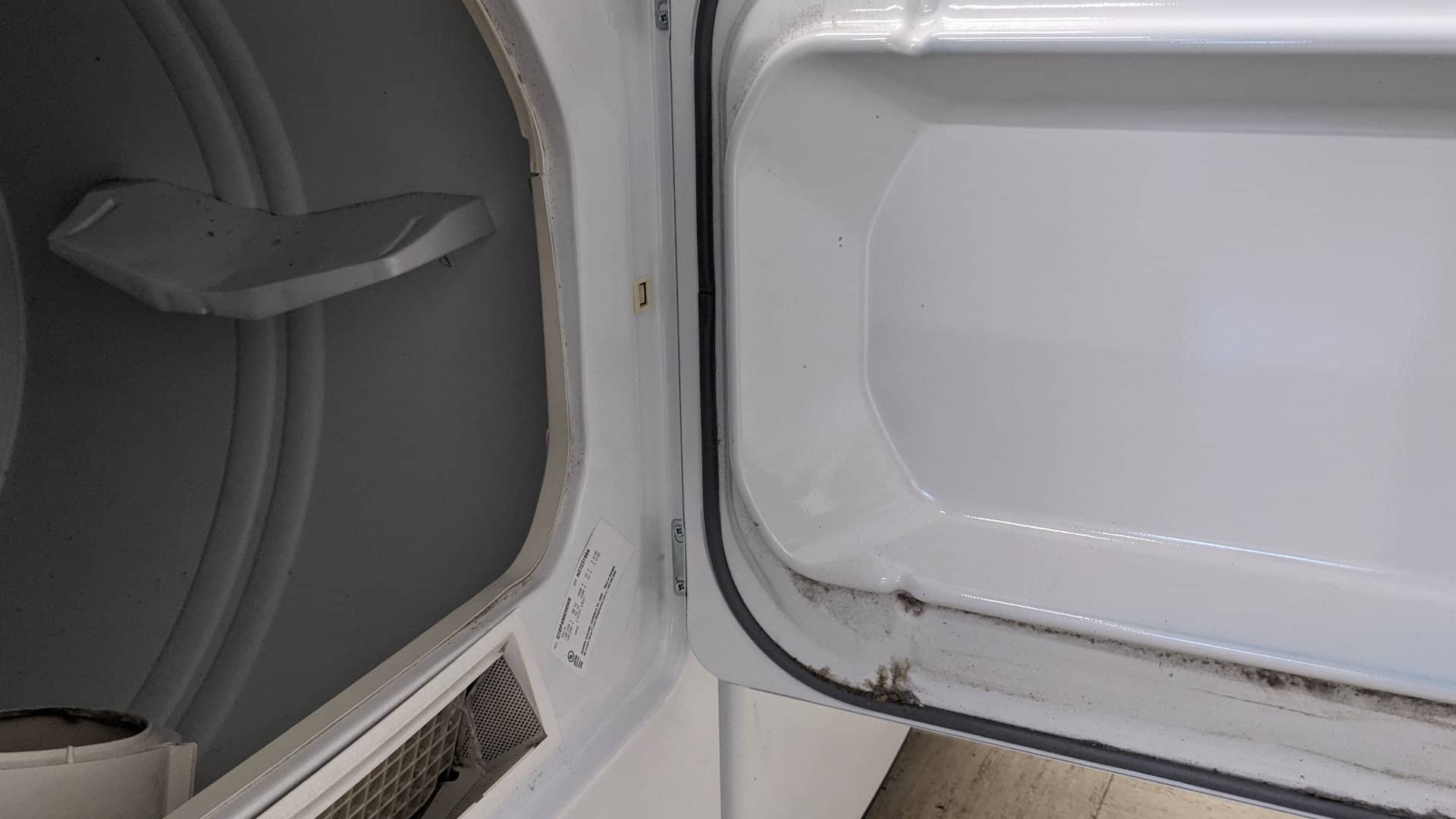
What Causes a Dryer to Overheat? (and How to Fix It)


